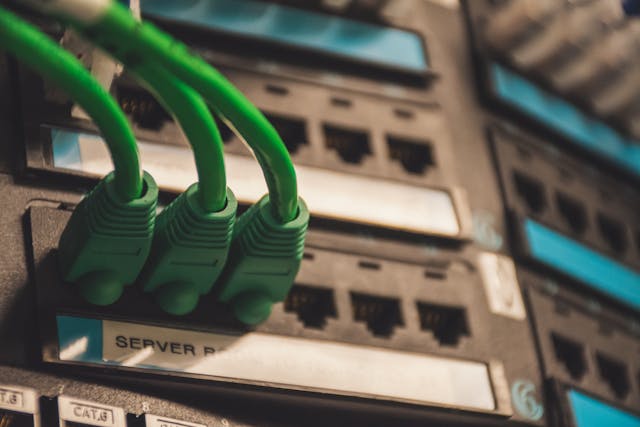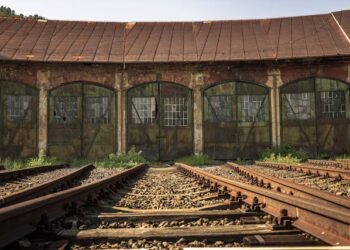How do you clean vesda low airflow fault: Step-by-step guide to fix airflow issues, restore sensitivity, and maintain your VESDA system.
When your VESDA (Very Early Smoke Detection Apparatus) system throws a low airflow fault, it’s essentially warning you that the detector is not pulling in enough air through its sampling pipes. These advanced monitoring systems represent cutting-edge technology designed to protect critical facilities through early detection. This reduction in airflow weakens the system’s sensitivity, delays smoke detection, or worse, makes it miss early smoke altogether.
In practical terms, that means risk. A dusty warehouse might generate so much debris that sampling holes clog over time. In a hospital clean room, even a subtle airflow drop can compromise early warning protection. Either way, the system isn’t operating as designed. Cleaning and restoring proper airflow is not just maintenance, it’s part of keeping lives and assets safe.
What You'll Discover:
Common Causes of Low Airflow in VESDA Systems
Low airflow doesn’t come out of nowhere. There are several frequent culprits:
- Clogged or expired filters: Filters collect dust and dirt, and over time they choke airflow.
- Blockages in sampling pipes: Dust, insects, paint overspray, or construction debris can settle inside.
- Leaks or damaged fittings: Loose pipe joints, cracked end caps, or broken sampling holes cause air to escape.
- Aspirator issues: The system’s internal fan may be dirty, obstructed, or weakened.
- Environmental changes: Renovations, airflow changes in HVAC systems, or added pipe length may reduce efficiency.
Tools, Safety & Preparation
Before jumping into cleaning, prepare properly. This isn’t just about blowing air through pipes. Done wrong, you can damage the system or create more faults.
What you’ll need:
- Personal protective gear (mask, gloves, glasses)
- Compressed air source (regulated, not overly strong)
- Vacuum cleaner with HEPA filter
- Soft brush and lint-free cloths
- Replacement filters and spare parts (aspirator, pipes, caps if needed)
- Access to detector logs or configuration tools
Preparation checklist:
- Notify monitoring centers or authorities that maintenance is underway.
- Put the system into maintenance or isolate it from alarms and suppression triggers.
- Cover or cap pipe ends so debris doesn’t fall into the wrong places.
Step-by-Step Cleaning & Restoration Process
Step 1: Record Baseline Data
Check airflow readings for each pipe before touching anything. Record percentages, flow rates, and recent log entries. This gives you a benchmark to compare results after cleaning.
Step 2: Power Down & Isolate
Shut down or place the detector in maintenance mode. Isolate suppression systems so no alarms accidentally trigger during cleaning.
Step 3: Clean or Replace Filters
Most modern VESDA units use replace-only filters. Older or specific models may allow cleaning with compressed air. Always clean or replace in the direction that expels dirt away from the detection chamber.
Step 4: Inspect & Clean the Aspirator
Remove the aspirator fan if accessible. Blow out dust with compressed air and wipe away buildup. Check for damage or wear. If airflow generation seems weak after cleaning, the aspirator may need replacement.
Step 5: Clean the Sampling Pipe Network
This is usually the root of airflow problems.
- Disconnect pipes from the detector.
- Vacuum from the detector end to pull out debris.
- Blow compressed air through pipes to clear blocked sampling holes.
- Inspect each hole, especially small capillary types, for clogs or damage.
- Reconnect everything securely, making sure fittings are airtight.
Step 6: Normalize Airflow
Many VESDA systems have a “Normalize Flow” or “AutoLearn” feature. After cleaning, run this function. It measures the new, clean airflow levels and adjusts thresholds so the detector won’t flag false faults.
Step 7: Test the System
Perform a smoke transport test. Introduce smoke at the furthest sampling point and time how long the detector takes to respond. Compare it with commissioning values. If results are off, recheck pipes and aspirator.
Step 8: Document & Schedule Maintenance
Log everything: before/after airflow values, parts replaced, tests performed, and dates. Schedule future checks. In dusty environments, inspections may be needed every few months rather than annually.
Model-Specific Notes & Common Pitfalls
- Newer VESDA-E systems: Filters are replace-only; you can’t clean internal cartridges.
- Capillary sampling holes: These fine tubes clog easily. Sometimes replacement is the only option.
- Pipework design flaws: Cleaning can’t fix poorly designed networks. If airflow issues persist, reevaluate design with proper tools.
- Sensor misreadings: Sometimes the fault isn’t dirt, but a faulty airflow sensor inside the detector. If all else fails, sensor replacement may be required.
Example Scenario: Fixing a Warehouse System
Picture a logistics warehouse where forklifts, packaging, and constant activity stir up dust. After months of build-up, the VESDA unit reports low airflow faults.
Maintenance steps are followed: the filter is replaced, aspirator cleaned, and pipes vacuumed and blown clear. Airflow improves from 60% back to 98%. Smoke transport time returns to acceptable levels. To prevent recurrence, the team logs the maintenance and sets quarterly cleanings instead of waiting a full year.
Troubleshooting When Cleaning Doesn’t Solve It
If cleaning doesn’t resolve the fault, consider:
- Leaks or loose connections in the pipe network
- Worn aspirator fan unable to generate enough suction
- External obstructions like blocked sampling holes from ceiling work or pests
- Faulty airflow sensors reporting bad readings
- Misconfigured airflow thresholds that were never normalized properly
Quick Recap: The Cleaning Process
- Record airflow data.
- Isolate and power down safely.
- Replace or clean filters.
- Clean aspirator.
- Vacuum and blow out pipe network.
- Normalize or AutoLearn flow.
- Test smoke transport.
- Log everything and schedule maintenance.
Key Takings
- A low airflow fault signals reduced sensitivity, you can’t afford to ignore it.
- Filters and aspirators are the most common culprits.
- Sampling pipes often hide the biggest problems, clean them thoroughly.
- Always normalize airflow after maintenance to reset thresholds.
- If cleaning fails, suspect leaks, bad sensors, or poor system design.
Additional Resources:
- Xtralis VESDA Maintenance Guide: Comprehensive instructions on filters, pipe cleaning, aspirators, and system normalization.
- VESDA-E Technical FAQs: Explains filter replacement, airflow faults, and model-specific maintenance requirements.





